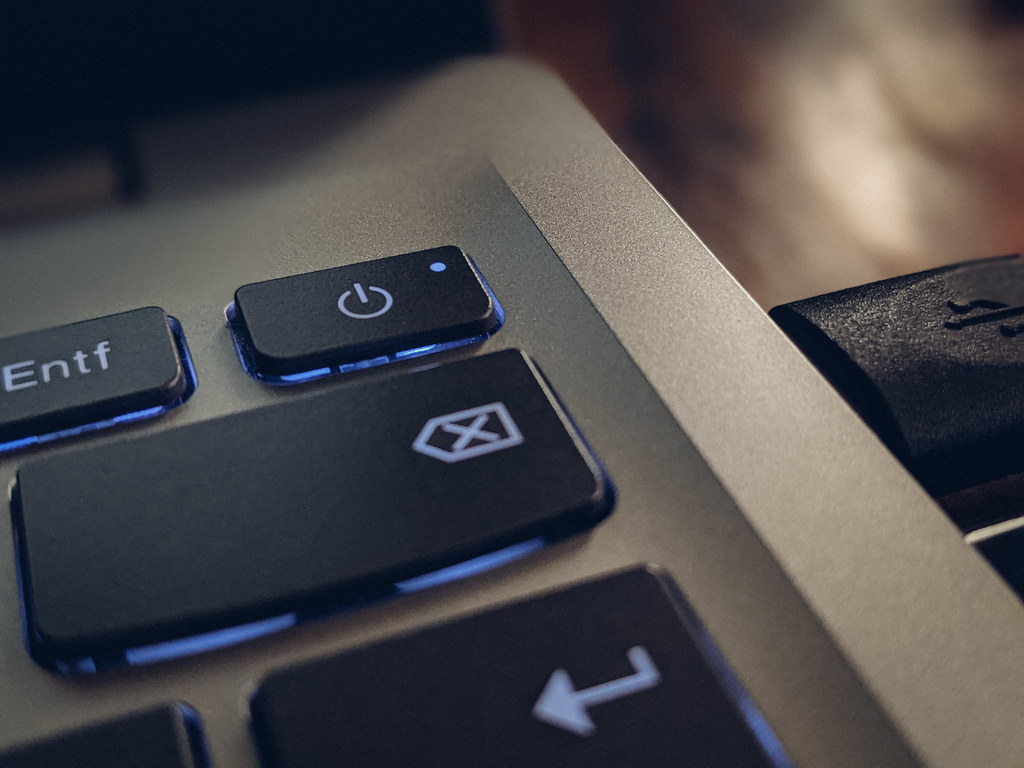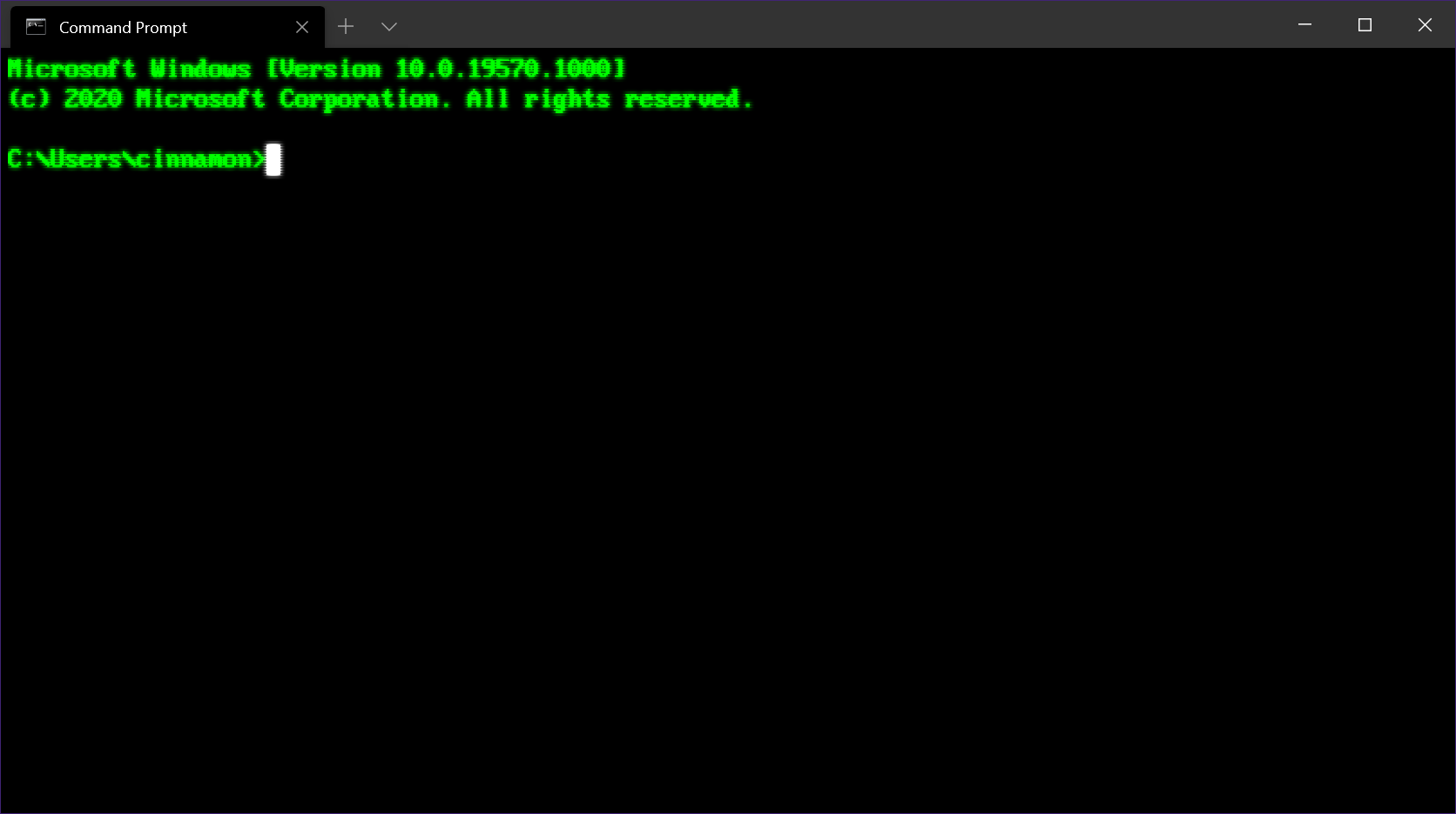Having trouble with the automatic repair issue on your Windows 10 laptop? Discover effective solutions to fix it.
Perform a Hard Reboot

Performing a hard reboot can often resolve issues with the Automatic Repair feature in Windows 10. To do this, follow these steps:
1. Press and hold the power button on your laptop for about 10 seconds until it shuts down completely.
2. Once the laptop is off, unplug the power cord and remove the battery (if it’s removable).
3. After removing the battery, press and hold the power button for another 10 seconds to discharge any remaining power.
4. Reinsert the battery (if applicable) and plug in the power cord.
5. Press the power button to turn on your laptop.
Performing a hard reboot can help reset any temporary system glitches that may be causing the Automatic Repair loop. It essentially forces your laptop to start fresh and can often resolve issues that are preventing Windows 10 from booting properly.
If the Automatic Repair loop persists after performing a hard reboot, it may be necessary to explore other troubleshooting options or seek professional assistance.
Boot in Safe Mode
1. Restart your laptop.
2. When the Windows logo appears, press and hold the Shift key.
3. Keep holding the Shift key until the login screen appears.
4. Select Troubleshoot from the options.
5. Click on Advanced options.
6. Choose Startup Settings.
7. Click on Restart.
8. Press the F4 key to enable Safe Mode.
In Safe Mode, your laptop will start with only essential drivers and services, allowing you to troubleshoot and fix any issues without interference from unnecessary programs.
Use Windows Startup Repair
If you’re facing issues with automatic repair on your Windows 10 laptop, you can use the Windows Startup Repair feature to fix the problem. This feature can help resolve startup issues and restore your laptop to a working state.
To use Windows Startup Repair, follow these steps:
1. Start your laptop and wait for the automatic repair process to begin.
2. On the Automatic Repair screen, select “Advanced options.”
3. Click on “Troubleshoot” and then choose “Advanced options” again.
4. From the list of options, select “Startup Repair.”
5. Follow the on-screen instructions to complete the repair process.
Windows Startup Repair will attempt to diagnose and fix any issues that may be preventing your laptop from starting up properly. It will scan your system for problems and try to repair them automatically.
Once the repair process is complete, restart your laptop and check if the automatic repair issue has been resolved. If the problem persists, you may need to consider other troubleshooting options or seek professional assistance.
Remember to back up your important files before attempting any repairs, as there is a small chance of data loss during the process.
Rebuild BCD via Command Prompt

Rebuilding the BCD (Boot Configuration Data) using Command Prompt can help fix the “Automatic Repair” issue on Windows 10 laptops. Follow these steps to resolve the problem:
1. Boot into the Advanced Startup Options by pressing the power button and holding the Shift key.
2. Select “Troubleshoot” from the list of options and then choose “Advanced options.”
3. Click on “Command Prompt” to open the Command Prompt window.
4. Type “bootrec /fixmbr” and press Enter. This command repairs the Master Boot Record (MBR) of the laptop.
5. Next, type “bootrec /fixboot” and press Enter. This command fixes the boot sector of the laptop.
6. Finally, type “bootrec /rebuildbcd” and press Enter. This command rebuilds the BCD store and scans for Windows installations.
7. When prompted to add installations to the boot list, type “Y” (Yes) and press Enter.
8. Restart your laptop and check if the “Automatic Repair” issue is resolved.
Run Fixboot and Chkdsk Commands
To fix the “Automatic Repair” issue on Windows 10, you can try running the Fixboot and Chkdsk commands. These commands can help resolve any boot-related problems and fix issues with the file system.
Fixboot: This command is used to write a new boot sector to the system partition. It can fix problems that prevent your computer from starting up properly. To run the Fixboot command, follow these steps:
1. Boot your computer using a Windows 10 installation USB or DVD.
2. Choose your language preferences and click “Next.”
3. Click “Repair your computer” at the bottom left corner of the screen.
4. Select “Troubleshoot” > “Advanced options” > “Command Prompt.”
5. In the Command Prompt window, type “bootrec /fixboot” and press Enter.
6. Wait for the command to complete, and then restart your computer.
Chkdsk: This command checks the file system for errors and fixes them if possible. It can help resolve issues that might be causing the “Automatic Repair” problem. To run the Chkdsk command, follow these steps:
1. Boot your computer using a Windows 10 installation USB or DVD.
2. Choose your language preferences and click “Next.”
3. Click “Repair your computer” at the bottom left corner of the screen.
4. Select “Troubleshoot” > “Advanced options” > “Command Prompt.”
5. In the Command Prompt window, type “chkdsk C: /f” and press Enter.
6. If prompted, type “Y” to schedule the disk check for the next restart.
7. Restart your computer.
After running these commands, check if the “Automatic Repair” issue is resolved. If not, you may need to try other troubleshooting steps or seek further assistance.
Repair Corrupted System Files
To run the SFC tool, follow these steps:
1. Press the Windows key + X on your keyboard to open the Power User menu.
2. Select “Command Prompt (Admin)” or “Windows PowerShell (Admin)” from the list.
3. In the Command Prompt or Windows PowerShell window, type “sfc /scannow” and press Enter.
4. The tool will start scanning your system files for any errors or corruptions. This process may take some time, so be patient.
5. Once the scan is complete, the tool will display a message indicating whether any errors were found and repaired.
If the SFC tool couldn’t repair all the corrupted files, you can also try running the Deployment Image Servicing and Management (DISM) tool. This tool can restore the health of the Windows image and fix any issues that the SFC tool couldn’t handle.
To run the DISM tool, follow these steps:
1. Open Command Prompt or Windows PowerShell as an administrator.
2. Type “dism /online /cleanup-image /restorehealth” and press Enter.
3. Wait for the tool to complete the process. This may take a while, so be patient.
4. Once the process is finished, restart your computer and check if the issue is resolved.
If the above methods didn’t fix the corrupted system files, you may need to consider performing a system restore or reinstalling Windows to resolve the issue. It’s always recommended to back up your important files before attempting any major changes to your system.
Reset or Refresh Windows
1. Reset your PC: This option allows you to reinstall Windows while keeping your personal files intact. To do this, go to the Start menu, click on Settings, then select Update & Security. From there, click on Recovery and choose the “Get started” button under the Reset this PC section. Follow the on-screen instructions to complete the process.
2. Refresh your PC: This option is similar to resetting your PC, but it removes all your installed apps and settings. Your personal files will be saved. To refresh your PC, go to the Start menu, click on Settings, then select Update & Security. From there, click on Recovery and choose the “Get started” button under the Reset this PC section. Follow the on-screen instructions to complete the process.
3. Using a recovery drive: If your PC is not booting up properly, you can use a recovery drive to reset or refresh Windows. Insert the recovery drive into your PC and restart it. Follow the on-screen instructions to access the recovery options and choose either the reset or refresh option.
Remember to back up your important files before performing any reset or refresh operation to avoid data loss.
F.A.Qs
How do I start my laptop in repair mode?
To start your laptop in repair mode, you can access the Windows 10 Advanced Startup Options menu. This can be done by pressing F11 upon powering on your laptop or by booting from an install disk and selecting “Repair” after clicking “Next.”
How do I fix startup repair on my laptop?
To fix startup repair on your laptop, start by booting the system using the installation media for your version of Windows. Then, on the Install Windows screen, choose the option to “Repair your computer.” From there, select “Troubleshoot” on the Choose an option screen and proceed to select “Startup Repair” on the Advanced options screen.
How do I turn off auto repair on my laptop?
To turn off auto repair on your laptop, follow these steps:
1. Open Start.
2. Search for Command Prompt, right-click the top result, and select Run as administrator.
3. Type the command “bcdedit” and press Enter.
4. Confirm that the “recoveryenabled” and “identifier” values under the “Windows Boot Loader” section are set to “{current}” and “yes.”
How do I get my laptop out of automatic repair?
To get your laptop out of automatic repair, you can try running Fixboot and Chkdsk commands, performing a system scan in safe mode, restoring the Windows Registry, disabling the automatic repair tool, disabling early launch anti-malware, or performing a hard reboot.

